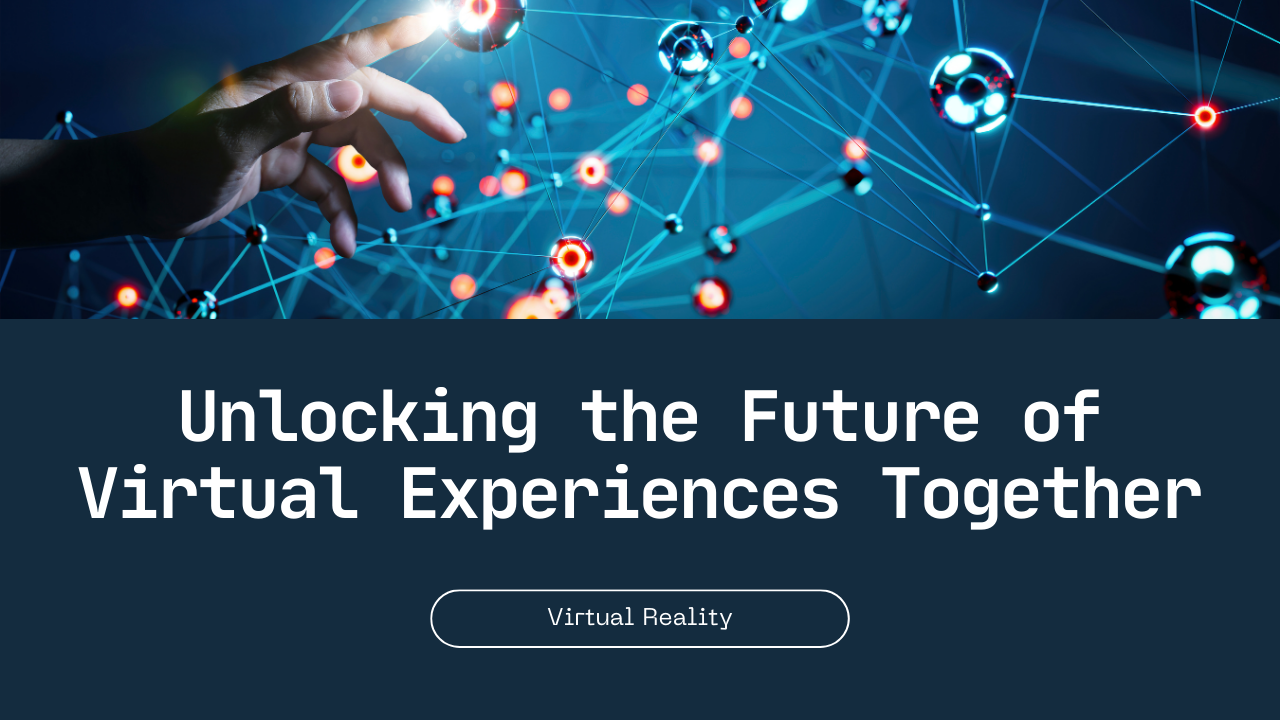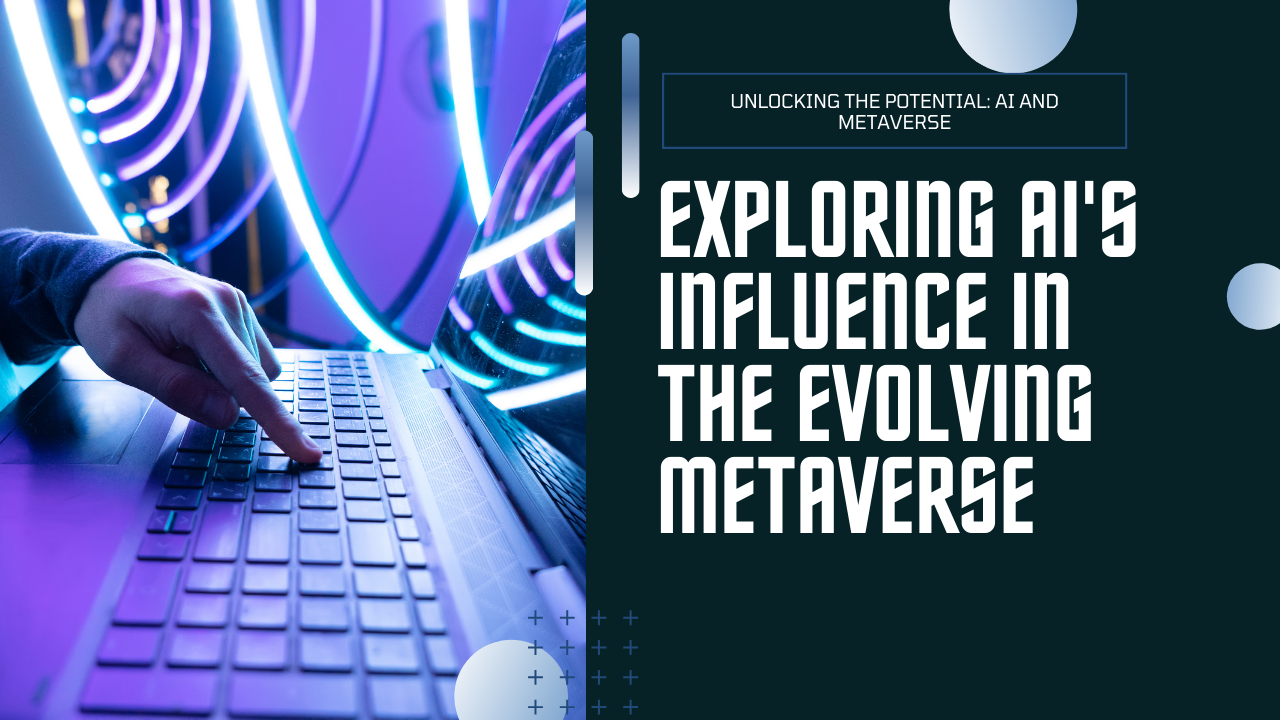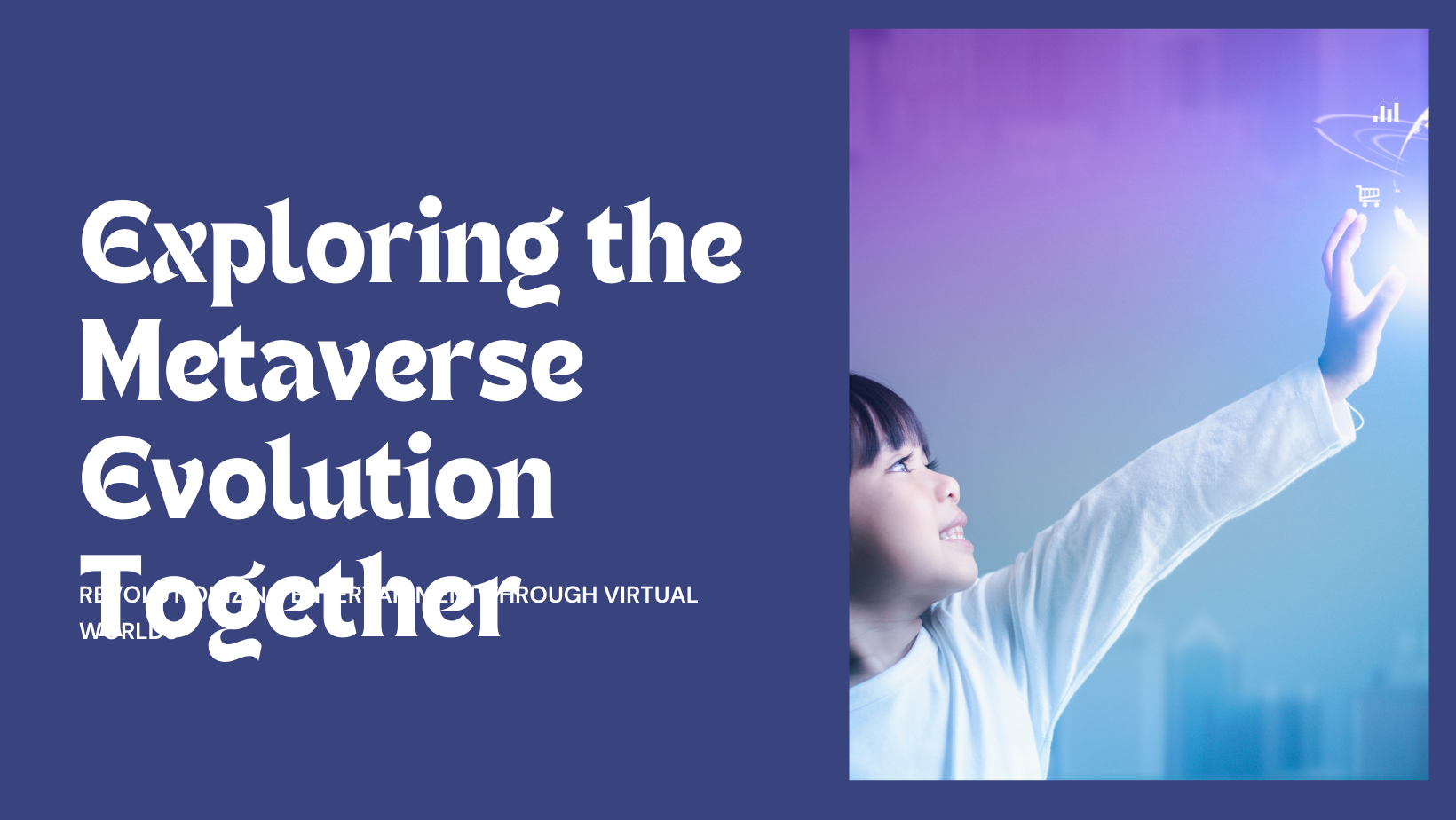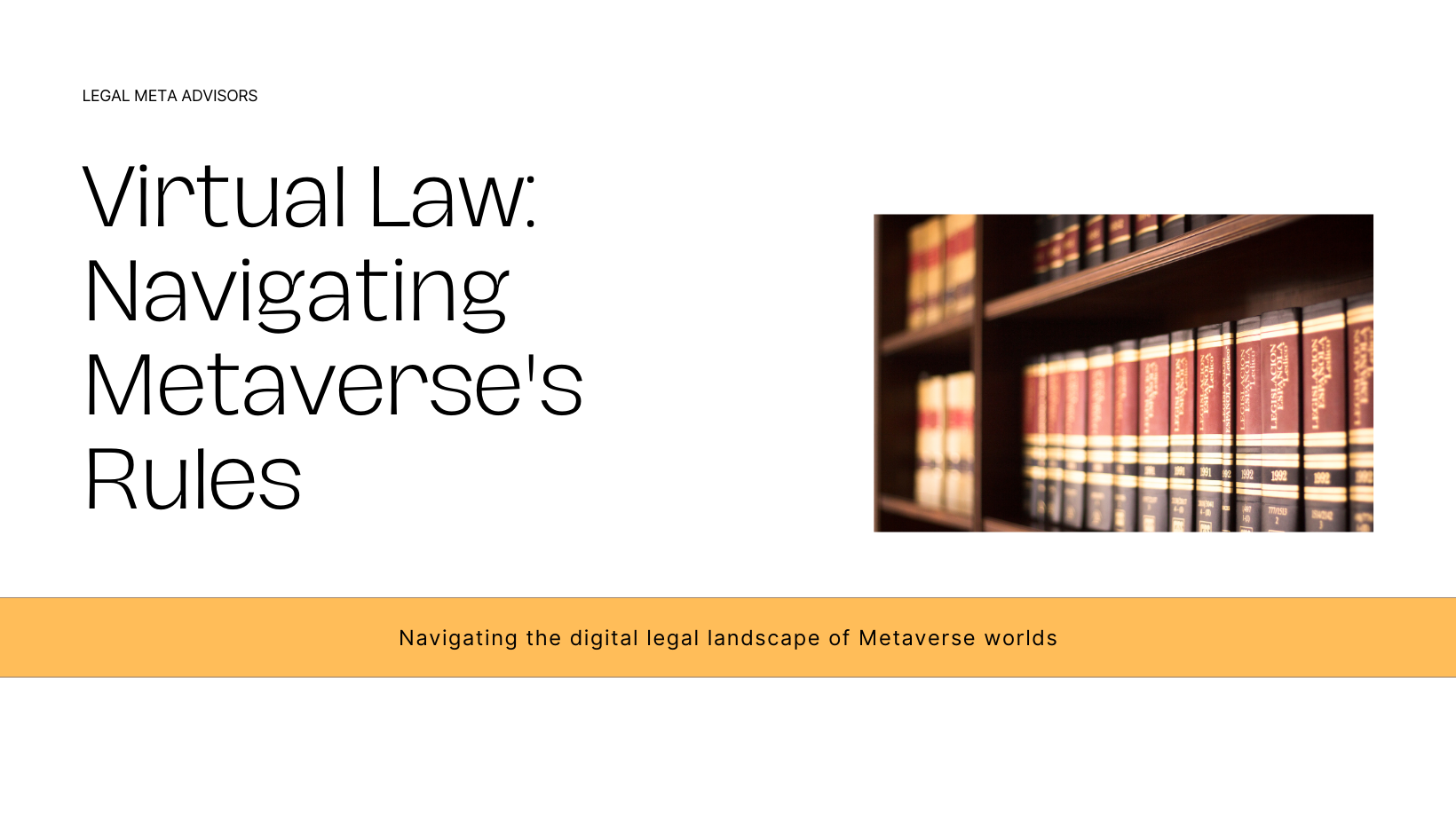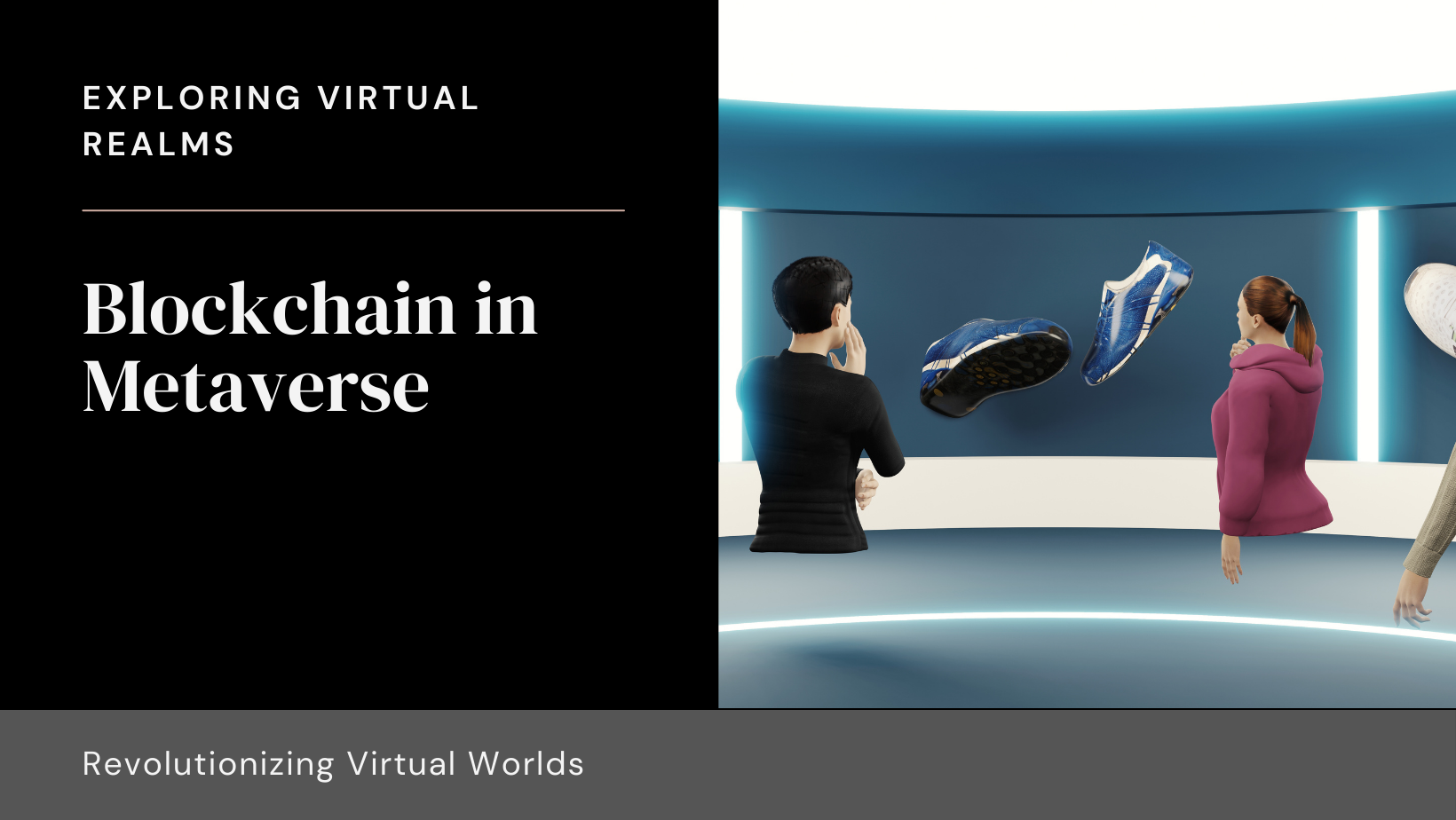In the ever-evolving landscape of digital experiences, the Metaverse represents a transformative frontier where virtual and augmented realities converge. As businesses and creators increasingly explore the potential of immersive technologies, the ability to craft captivating Metaverse experiences has become a hallmark of innovation and engagement. This blog explores the fundamental strategies and best practices for creating immersive Metaverse experiences that captivate audiences, drive engagement, and deliver lasting impact.
Understanding Immersive Experiences in the Metaverse
The Metaverse encompasses virtual environments that users can explore, interact with, and inhabit through technologies such as Virtual Reality (VR), Augmented Reality (AR), Mixed Reality (MR), and extended reality (XR). These immersive experiences go beyond traditional 2D interfaces, offering users sensory-rich environments where they can manipulate objects, socialize with others, and engage in dynamic storytelling.
Essential Components of Immersive Metaverse Experiences
- Concept Development and Storytelling: Begin by defining the concept and narrative framework of your Metaverse experience. Whether it’s a virtual showroom, interactive game, educational simulation, or social hub, compelling storytelling is essential to engage users emotionally and guide their journey through the virtual environment.
- User-Centric Design and Interface: Design intuitive user interfaces (UI) and user experiences (UX) that prioritize ease of navigation, accessibility, and immersion. Consider factors such as spatial awareness, interactive elements, natural interactions (gestures, voice commands), and visual aesthetics to enhance user engagement and retention.
- Immersive Technologies and Development Platforms: Choose appropriate technologies and development platforms based on your project requirements and target audience. VR headsets, AR devices, motion tracking sensors, and spatial computing tools enable realistic simulations, spatial audio, and real-time interactions that deepen immersion and create memorable experiences.
- Interactive Elements and Engagement Mechanics: Incorporate interactive elements such as gamification mechanics, social features (avatars, chat systems), collaborative tools, and personalized experiences to encourage active participation and social interaction within the Metaverse. Enable users to customize avatars, manipulate virtual objects, and influence the virtual environment dynamically.
Steps to Create Immersive Metaverse Experiences
- Define Objectives and Audience: Identify the goals, objectives, and target audience for your Metaverse experience. Determine whether your focus is on entertainment, education, training, virtual events, or consumer engagement. Establish key performance indicators (KPIs) to measure success, such as user engagement metrics, retention rates, and conversion rates.
- Content Creation and Asset Development: Develop high-quality content, 3D models, textures, animations, and audiovisual assets that align with your narrative and user experience goals. Collaborate with artists, animators, writers, and sound designers to create immersive environments, interactive elements, and compelling storytelling elements.
- Prototyping and Iterative Development: Prototype your Metaverse experience to test usability, functionality, and user feedback. Conduct alpha and beta testing phases to gather insights from early adopters, identify technical issues, and refine gameplay mechanics, user interfaces, and overall user experience iteratively.
- Integration and Optimization: Integrate backend systems, networking protocols, data analytics, and cloud computing services to support real-time interactions, data synchronization, and scalability within the Metaverse. Optimize performance, load times, and visual fidelity to ensure seamless user experiences across different devices and network conditions.
Challenges and Considerations
- Technological Complexity: Address technical challenges such as hardware compatibility, network latency, motion sickness mitigation, and optimization for diverse platforms (PC, mobile, VR headsets). Leverage SDKs (Software Development Kits), APIs, and middleware solutions to streamline development and ensure cross-platform functionality.
- User Privacy and Data Security: Implement robust security measures, data encryption protocols, user authentication systems, and compliance with data privacy regulations (GDPR, CCPA) to protect user information and maintain trust in the Metaverse environment. Educate users about data privacy practices and provide transparency regarding data collection and usage policies.
- Accessibility and Inclusivity: Design Metaverse experiences that prioritize accessibility for users with disabilities, language localization, and cultural sensitivity. Provide customizable settings, assistive technologies, and inclusive design practices to ensure equitable access to immersive experiences for all users.
Future Outlook
As the Metaverse continues to evolve, the ability to create immersive experiences will play a pivotal role in shaping digital interactions, consumer behaviors, and industry landscapes. By embracing user-centric design principles, cutting-edge technologies, and creative storytelling, creators and businesses can unlock new opportunities, redefine engagement, and pioneer the future of immersive digital experiences.
Conclusion
In conclusion, crafting immersive Metaverse experiences requires a blend of creativity, technical expertise, and a deep understanding of user behaviors and expectations. By following these essential strategies and best practices, businesses and creators can create memorable, impactful, and transformative experiences that resonate with audiences in the digital age.
Stay informed about the latest advancements in immersive technologies and digital experiences by following Sodio Technologies’ blog. Join us on our journey to innovate, inspire, and shape the future of immersive Metaverse experiences.
